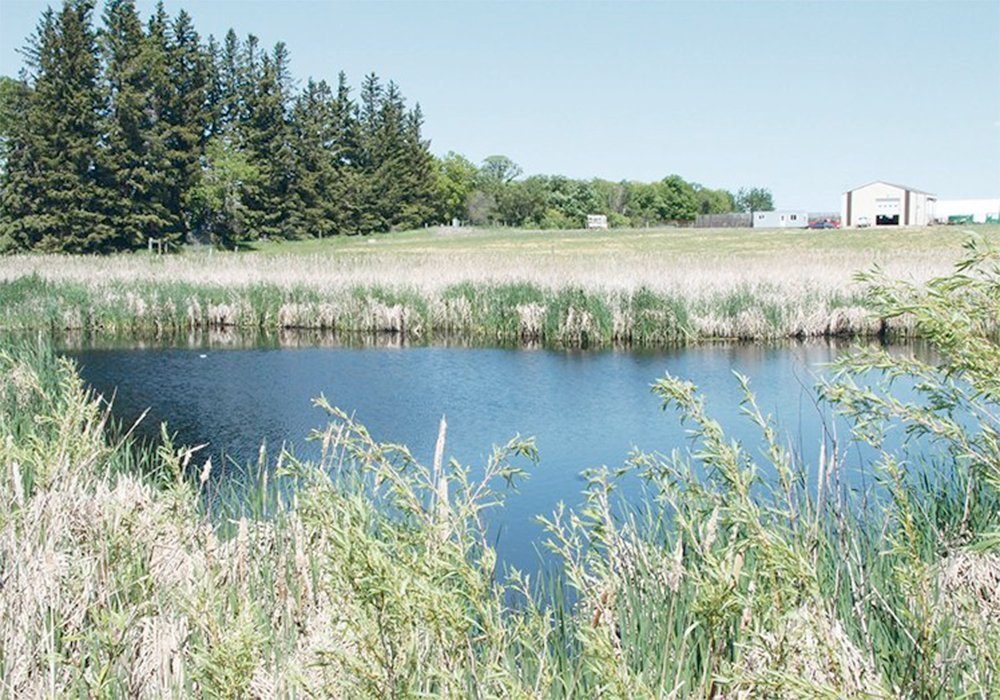Health Canada reverses ban on neonic

In November 2016, Health Canada said it would ban agricultural uses of imidacloprid, an insecticide widely used on Canadian farms.
About 4 1/2 years later, department scientists have changed their minds.
Imidacloprid will not be banned.
On May 19, Health Canada’s Pest Management Regulatory Agency (PMRA) released its re-evaluation decision for imidacloprid, a Bayer insecticide.
After years of reviewing scientific reports, studying water monitoring data and reading 46,000 comments from the public, non-governmental organizations and provincial governments, Health Canada has concluded that imidacloprid can still be used on many crops.
“Health Canada has determined that continued registration of most products containing imidacloprid is acceptable,” the department said. “Most uses of imidacloprid products meet current standards for protection of human health and the environment.”
The PMRA has decided that some uses must be cancelled or application rates be reduced because of environmental risks.
“Health Canada has concluded that a complete ban on neonicotinoid pesticides in not warranted,” said Scott Kirby, PMRA director general of the environmental assessment directorate. “Some uses of imidacloprid do not pose a risk to human health or the environment while other uses do pose risks of concern.”
Imidacloprid is one of three neonicotinoids that are used on millions of acres and dozens of crops in Canadian agriculture. The other neonics, as they are known, are clothianidin (a Bayer product) and thiamethoxam, made by Syngenta.
They are applied to nearly every canola and corn seed in Canada, and a portion of soybean seeds, to protect the crops from pests early in the growing season. Fruit and vegetable growers also rely on neonics for pest control.
On March 31, the PMRA released a special decision on clothiandin and thiamethoxam, saying the two neonics are not a threat to aquatic insects when used as a seed treatment on canola and in many other instances.
“We are pleased that the PMRA has affirmed that in many cases these important tools can be used without posing unacceptable risks to aquatic invertebrates,” said Pierre Petelle, president of CropLife Canada, in March.
Health Canada’s decision on imidacloprid looks similar to its stance on the two other neonics. Some uses will be cancelled to protect the environment, application rates for certain crops will be reduced and buffer zones will be increased.
In 2016, PMRA scientists surprised many farmers and farm groups, announcing its plan to ban all uses of imidacloprid. The PRMA said the neonic was accumulating in creeks and ponds near agricultural land and posed a threat to aquatic insects, like midges and mayflies.
In turn, that could affect birds and animals who rely on those aquatic insects as a source of food.
Subsequent research from the University of Saskatchewan found that seeds coated with imidacloprid were a threat to songbirds.
White-crowned sparrows that consumed seeds coated with the insecticide lost weight and the exposure halted their migration, U of S scientists said in 2019.
“We saw these effects using doses well within the range of what a bird could realistically consume in the wild — equivalent to eating just a few treated seeds,” said Margaret Eng, one of the biologists involved in the study.
Health Canada, in its decision, said the risk to song birds can be managed by cutting the amount of imidacloprid on treated seed for certain crops or cancelling specific uses.
“Risks related to the consumption of imidacloprid-treated seeds by birds and mammals were not shown to be acceptable for some exposure scenarios,” the PMRA said. “Changes to the registrations of some seed treatment uses are required.”
As for the potential threat to aquatic insects, the PMRA has concluded the risk is not as severe as it concluded in 2016.
Water monitoring data, collected from ponds and creeks near farmland from 2017-2019, found the amount of neonics in the water bodies were lower than anticipated.
Health Canada continues to review the safety of the other two neonics — clothianidin and thiamethoxam — as part of a broader re-evaluation. It will decide at a later date if those neonics, when used as a seed treatment, are safe for songbirds and other wildlife who might eat the seeds.
For now, Health Canada has proposed its risk mitigation measures for imidacloprid. Those measures include cancellation of the following uses:
- Seed treatment: direct field seeding of brassica vegetables and leafy vegetables. Continued registration for transplants only.
- In-furrow application on brassica, leafy, and root and tuber vegetables (including potato).
- Foliar and granular application on turf and listed pests.
As well, Health Canada has adjusted the seed treatment rates of imidacloprid for a number of crops, including:
- Field corn seed: Maximum application rate reduced to 13 grams of active ingredient (g a.i.) per 80,000 seeds.
- Sweet corn seed treatment: Maximum application rate reduced to 67.2 g a.i. per 100 kilograms of seed.
- Soybean seed treatment: Maximum application rate reduced to 62.5 g a.i. per 100 kg seed.
Interested parties have 60 days to comment on Health Canada’s proposed decision on imidacloprid.
Source: producer.com

